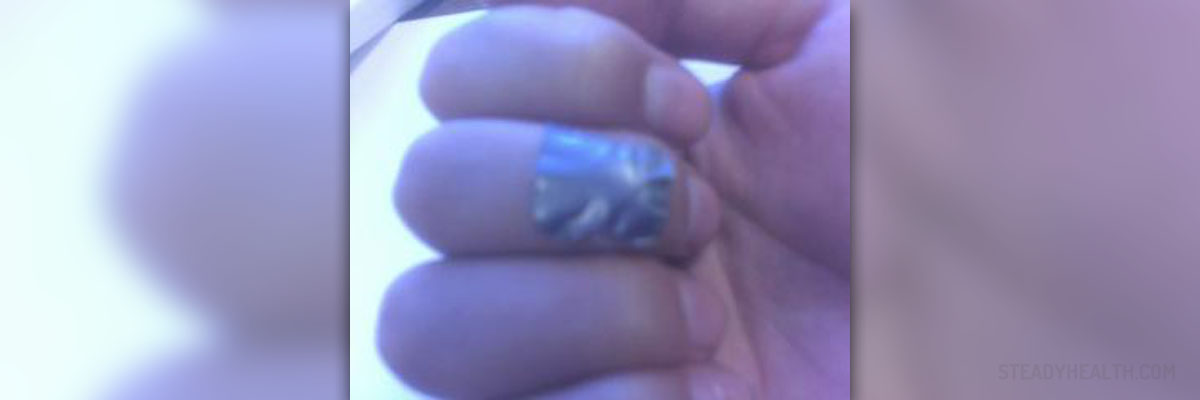
Plantar warts are a persistent, annoying problem. Warts that grow on the sole of the foot are not dangerous but they can be rather painful. There are several treatment methods and remedies for solving this problem and one of the options is duct tape.
What are plantar warts
Plantar warts are non-malignant growths that appear on the sole of the foot. They are not painful themselves, but they may cause discomfort and significant amount pf pain while walking. They can be very persistent and go on for months and years. In some cases they go away by themselves.
Plantar warts are caused by human papillomavirus, or HPV. This virus prefers warm and damp environment so it can easily be caught in swimming pools, public showers and similar facilities. The virus penetrates the body if there is a cut or a scrape in the skin, and it causes a wart. Is some cases, there may be more than one wart and several of them may form a cluster.
Duct tape and other treatments
There are several different treatment options for plantar warts. Duct tape is probably the easiest and cheapest of them. In this method, a simple duct tape is used to cover the wart, “suffocate” it in order to allow the immune system to fight the virus off.
Duct tape is supposed to be placed firmly to clean, perfectly dry skin, directly onto the wart, and pressed so it stays in place. After six days, the duct tape is removed, the wart is soaked in warm water until soft and then rubbed away with pumice stone.
This method has been tried out in several studies and most of them confirmed its high effectiveness. In some cases the treatment needs to be repeated up to two months, and for best results, it should be combined with salicylic acid.
Salicylic acid is available as a 40 percent solution or as a pad or a plaster. This substance is also used in corn removal pads and plasters. It works by slowly destroying the affected skin tissue and the wart, but it must be used with caution because it may damage the healthy surrounding skin.
Cryotherapy is another treatment option. In this method the wart is treated with liquid nitrogen, after which a blister is formed. The blister and the wart fall off in several days. However, this method is painful and it may require several sessions.
The wart, in tough cases, can be cut off surgically or with a laser.
Other, less traditional treatments include cantharidin, where a substance from blister beetle is used to form a blister which is then cut off by the doctor, or homeopathic remedy called Dermisil, which is completely natural and combines oral intake of the medicine and a topical liquid to be applied directly to the wart.


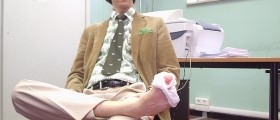
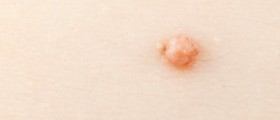
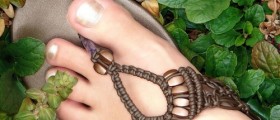
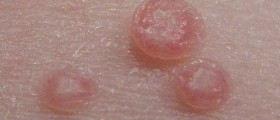




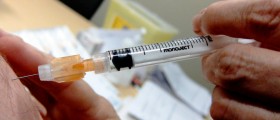

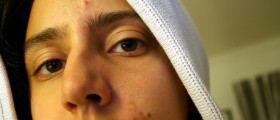


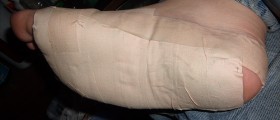
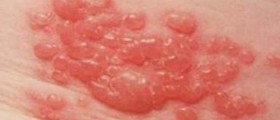
Your thoughts on this
Loading...